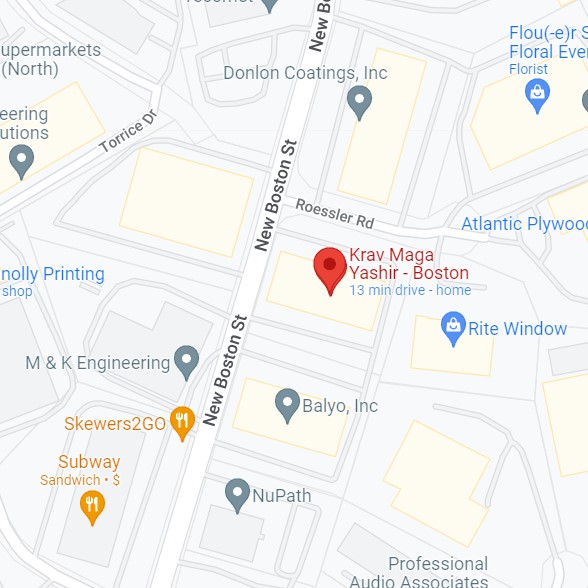About Rape & Sexual Assaults
A Brief Synopsis Of The SEPS Approach to Rape & Sexual Assaults
Rape and sexual assaults are pre-meditated crimes. Although a predatory individual may take advantage of a situation presented to them, they will have fantasized and planned their assault beforehand. Rape is not a spontaneous act of violence. Neither is rape primarily about sex – many rapists have active consensual sex lives – the driving motivators behind it are power, anger and control. A rapist does not want their victim to consent, even if they believe that in some way they will gain pleasure and desire for them during the assault. Rapists and sexual predators are driven by a need for non-consensual sex, that sees them dominate and overpower their victim, forcing them to do what they want, against their victim’s will.
A man who pressurizes you into consenting to sex, is not a rapist. They may be rude, arrogant, boorish, entitled, annoying and even intimidating, but if they are searching/looking (and possibly bullying you) for your consent, then they have different motivations to a rapist. Their actions and behaviors may appear predatory, however their goal is to convince and pressure the person they are targeting, to have consensual sex with them. The reason it is important to understand this difference, is that the tactics and methods for dealing with these different types of individuals, are not the same, and we must learn to recognize and identify those with different motivations and goal, if we are going to be successful in dealing with them.
One of the biggest myths about violence – whether sexually motivated or not – is that it is largely committed by strangers. In the case of rape and sexual assaults, the majority of victims know their assailant, and in most cases the attack (or attacks if the predator preys on their victim multiple times) happens in their own home or somebody else’s. When the media reports on the stranger rapist who jumps out from the bushes, late at night, to attack their victim, they are reporting on the most dramatic (and therefore newsworthy) types of attack. These types of assault do not typify how the majority of rapes and sexual assaults occur. Most are committed by a family member, a friend, a partner’s friend, an acquaintance etc. in a place you are familiar with, and feel safe in.
Most rapists are skilled social predators, who know that their victim is likely not to tell or report on what has happened to them. They will have orchestrated the situation, so that there are enough reasons why someone might doubt the victim’s story e.g. the victim will have let them into their home, had a drink with them etc. things that don’t fit the stereotypical idea/picture of a violent attack. The rapist may even inform their victim that they won’t be believed if they tell anyone, putting doubts in their head, about the different ways the incident could be represented and interpreted. Confused, ashamed and possibly feeling guilty about letting somebody do this to them, most victims never speak out about their ordeal – and rapists understand this all too well, using their victim’s reluctance to come forward to their advantage.
It is impossible to identify sexual predators by looking at them. Ted Bundy, America’s most notorious and prolific predator and serial killer, said in one of his confessions, “I’m good looking and charming, none of my victims stood a chance.” However, predatory individuals do follow processes and use common methods, for accessing victims, and putting them at ease. When we learn to identify these, we can understand when somebody is setting us up for a sexual assault/rape, and either disengage from the situation, or prepare ourselves better to deal with it. Without this knowledge and these skills we might find ourselves having to deal with an aggressor who has the advantage of both surprise and a plan, whilst we are still trying to work out what is happening to us.
To learn more about preventing, predicting, identifying and avoiding rapists and sexual predators please click here. After reading/learning more about rape and sexual assault, if you want to learn some physical solutions to dealing with such attacks, you can attend one of our free women's self-defense classes/seminars using the button below.
Next Class
Women's Self Defense Boston Location
SEPS Women's Self-Defense Boston, is located, at the following address, just North of Boston off of I-93 North (exit 30) and I-95 South (exit 54).


 WOMEN'S SELF-DEFENSE BOSTON
WOMEN'S SELF-DEFENSE BOSTON